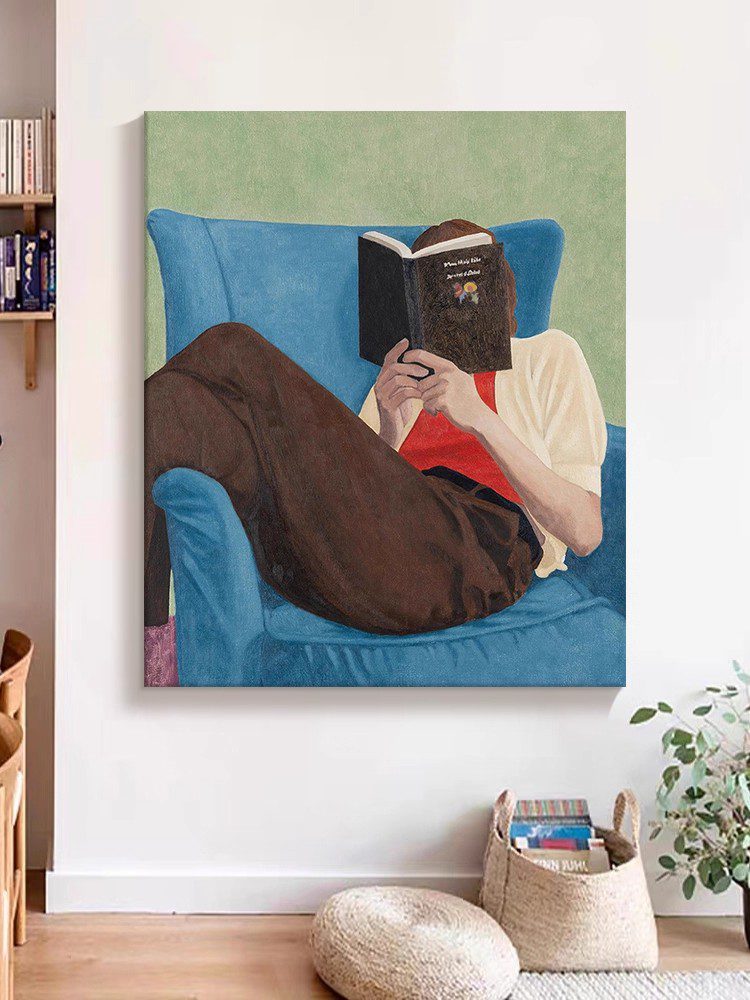Hand-Painted Oil Painting Collection and Cultural Heritage Preservation
The act of collecting hand-painted oil paintings transcends personal aesthetic preferences; it serves as a vital bridge between past and present, ensuring cultural narratives endure through generations. These artworks, crafted with meticulous skill and emotional depth, carry stories of historical contexts, societal values, and human creativity. By preserving and studying them, collectors contribute to safeguarding intangible cultural heritage while fostering global appreciation for artistic traditions.
The Historical Significance of Oil Painting Techniques
Oil painting has evolved over centuries, with its roots in ancient civilizations and refinement during the Renaissance. Early artists experimented with pigments mixed with linseed or walnut oil, developing techniques like glazing (layering transparent colors) and scumbling (applying opaque paint lightly). These methods allowed for vibrant hues and lifelike textures, enabling masters like Leonardo da Vinci and Rembrandt to create timeless masterpieces.
Regional variations further enriched the medium’s legacy. For instance, Flemish painters in the 15th century pioneered detailed still-life compositions, while 19th-century French Impressionists embraced loose brushwork to capture fleeting moments. Understanding these historical milestones helps collectors recognize the cultural contexts embedded in each artwork, fostering deeper respect for their provenance.
The transition from religious and royal patronage to independent artist studios in the modern era marked another pivotal shift. This democratization of art production reflected broader societal changes, such as the rise of individualism and the breakdown of traditional hierarchies. Collectors who study these shifts gain insight into how oil painting has mirrored humanity’s evolving identity.
Oil Paintings as Vessels of Cultural Storytelling
Every stroke in a hand-painted oil painting carries symbolic weight, often reflecting the artist’s cultural background or the era’s prevailing ideologies. For example, a portrait from the 18th century might reveal societal attitudes toward gender roles or class structures through attire and posture. Similarly, landscapes painted during the Industrial Revolution could subtly critique environmental degradation or urbanization.
Folklore and mythology frequently inspire oil paintings, preserving oral traditions that might otherwise fade. A scene depicting a local legend or historical event becomes a tangible record of collective memory, connecting viewers to their heritage. Collectors who prioritize such themes often find their collections serve as educational tools, sparking conversations about cultural continuity.
In regions with diverse ethnic groups, oil paintings can highlight cross-cultural exchanges. Artists may blend motifs from different traditions, creating hybrid styles that celebrate unity amid diversity. By acquiring these works, collectors participate in documenting and promoting cultural dialogue, ensuring marginalized narratives gain visibility.
The Role of Collectors in Sustaining Artistic Traditions
Collectors play a crucial role in preserving oil painting techniques by supporting living artists who uphold traditional methods. Many contemporary painters train under masters to learn time-honored practices, such as preparing natural pigments or stretching canvases by hand. Patronage from collectors ensures these skills are not lost to industrialization or digital alternatives.
Exhibitions and public displays organized by collectors further amplify cultural awareness. By loaning artworks to museums or hosting community events, collectors create opportunities for audiences to engage with historical and modern oil paintings alike. These initiatives often inspire younger generations to explore art, fostering a new wave of creators and enthusiasts.
Collaboration with cultural institutions strengthens preservation efforts. Collectors who partner with archives or universities contribute to scholarly research, helping to authenticate artworks and trace their origins. This academic rigor adds layers of meaning to collections, transforming them into resources for historians and art lovers worldwide.
Challenges and Opportunities in Cultural Heritage Preservation
Despite its importance, preserving oil paintings poses challenges. Environmental factors like humidity and light exposure can degrade pigments over time, while improper handling may lead to physical damage. Collectors must invest in climate-controlled storage and consult conservation experts to mitigate risks, ensuring artworks remain intact for future study.
Balancing accessibility with protection is another hurdle. While digital reproductions can democratize access, they cannot replicate the tactile experience of viewing an original oil painting. Collectors often navigate this tension by rotating public displays or creating virtual tours that complement in-person viewings, broadening reach without compromising preservation.
The global art market’s commercialization sometimes prioritizes trendy styles over cultural significance, risking the marginalization of traditional techniques. Collectors who prioritize heritage-focused acquisitions counteract this trend, creating demand for artworks that honor historical craftsmanship. Their choices influence market dynamics, encouraging galleries to represent a wider range of artistic voices.
By viewing hand-painted oil paintings as more than decorative items, collectors become stewards of cultural legacy. Their decisions shape how history is remembered and reinterpreted, ensuring that the rich tapestry of human creativity remains vibrant and accessible. Through mindful curation and advocacy, they bridge gaps between eras, fostering a world where art continues to inspire and unite.
